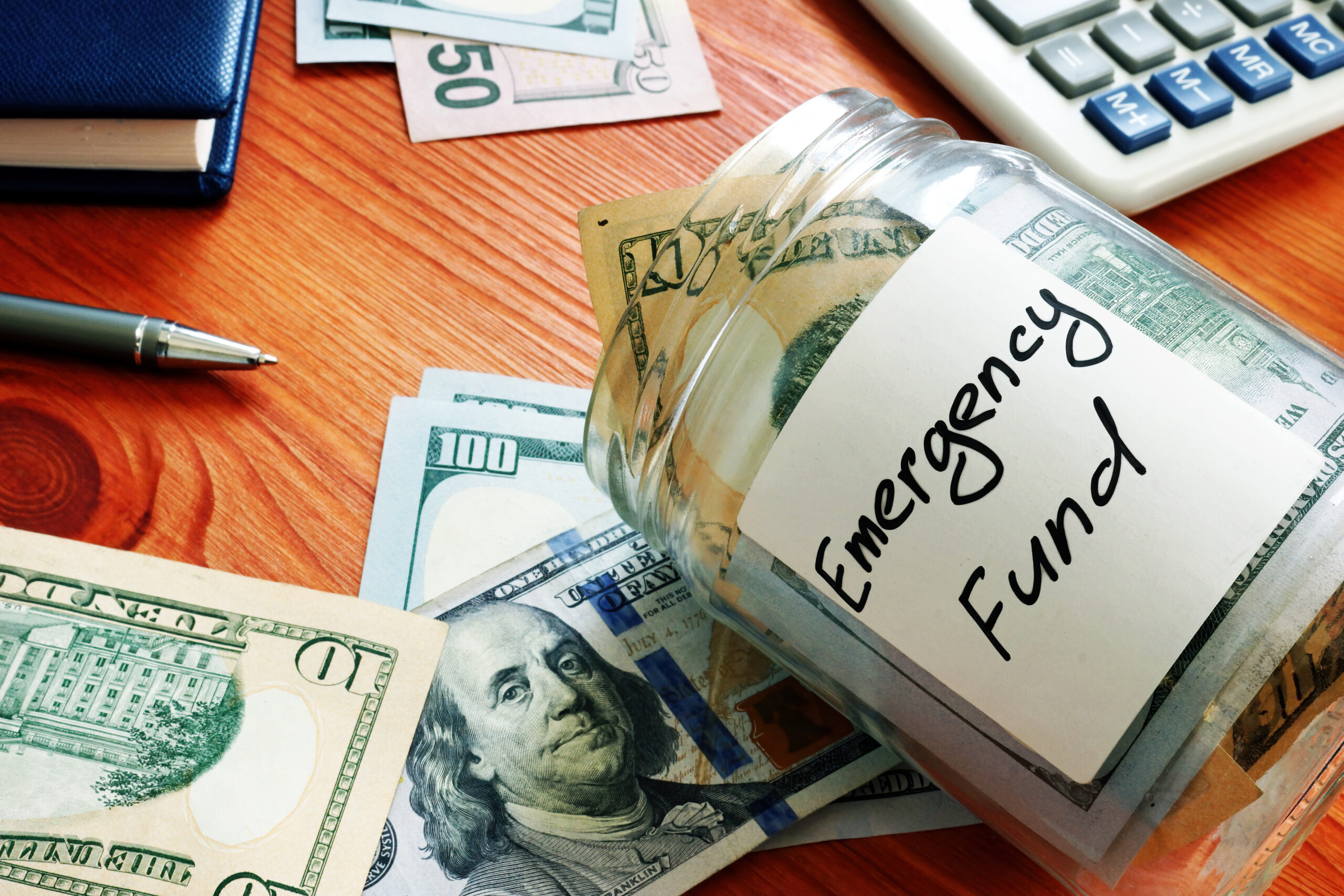Life is full of unexpected twists and turns. Accidents, job loss, medical emergencies, or unexpected home repairs can happen to anyone, and these events often come with a hefty price tag. This is where an emergency fund can save the day. But what exactly is an emergency fund, and how do you go about building one? In this article, we’ll discuss the importance of having an emergency fund, and share practical tips for starting and growing your rainy day savings.
What is an Emergency Fund?
An emergency fund is a separate savings account set aside to cover unexpected expenses that can arise in life. These funds act as a financial safety net, providing you with the peace of mind that you’ll be able to weather life’s storms without incurring debt or experiencing undue stress. Ideally, an emergency fund should be able to cover three to six months’ worth of living expenses.
Why You Need an Emergency Fund
- Financial security: Having an emergency fund can help alleviate the financial stress that unexpected expenses can cause. It allows you to focus on addressing the emergency rather than worrying about how you’ll pay for it.
- Avoiding debt: Without an emergency fund, you might be forced to rely on high-interest credit cards or loans to cover unexpected costs. This can quickly spiral into long-term debt, causing further financial strain.
- Building good financial habits: Regularly saving for an emergency fund encourages disciplined money management, which can ultimately benefit your overall financial health.
How to Start Saving for an Emergency Fund
- Set a goal: Determine how much you’d like to have in your emergency fund. As mentioned earlier, a good rule of thumb is to aim for three to six months’ worth of living expenses. This might seem like a daunting sum, but remember that you can build it gradually over time.
- Open a separate savings account: Keep your emergency fund in a separate account from your everyday checking and savings accounts. This will make it easier to avoid dipping into your emergency savings for non-emergency expenses.
- Automate your savings: Set up an automatic transfer from your checking account to your emergency fund account on a regular basis, such as every payday. This will help ensure that you’re consistently contributing to your emergency fund without even having to think about it.
- Start small: If saving three to six months’ worth of expenses seems unattainable, begin by setting a smaller goal. Aim to save $1,000, and once you’ve reached that milestone, continue to build your fund from there.
- Cut expenses and increase income: Look for ways to reduce your spending and/or increase your income to help grow your emergency fund faster. Consider cutting back on non-essential expenses or taking on a side gig to boost your savings.
- Reassess and adjust: Periodically review your emergency fund and your financial situation. If your expenses or circumstances change, you may need to adjust the amount you’re saving.
Building an emergency fund is an essential aspect of maintaining a strong financial foundation. By taking small, consistent steps to grow your savings, you’ll be better prepared to handle life’s surprises and protect your financial well-being. Start saving today, and enjoy the peace of mind that comes from having a well-stocked emergency fund.

